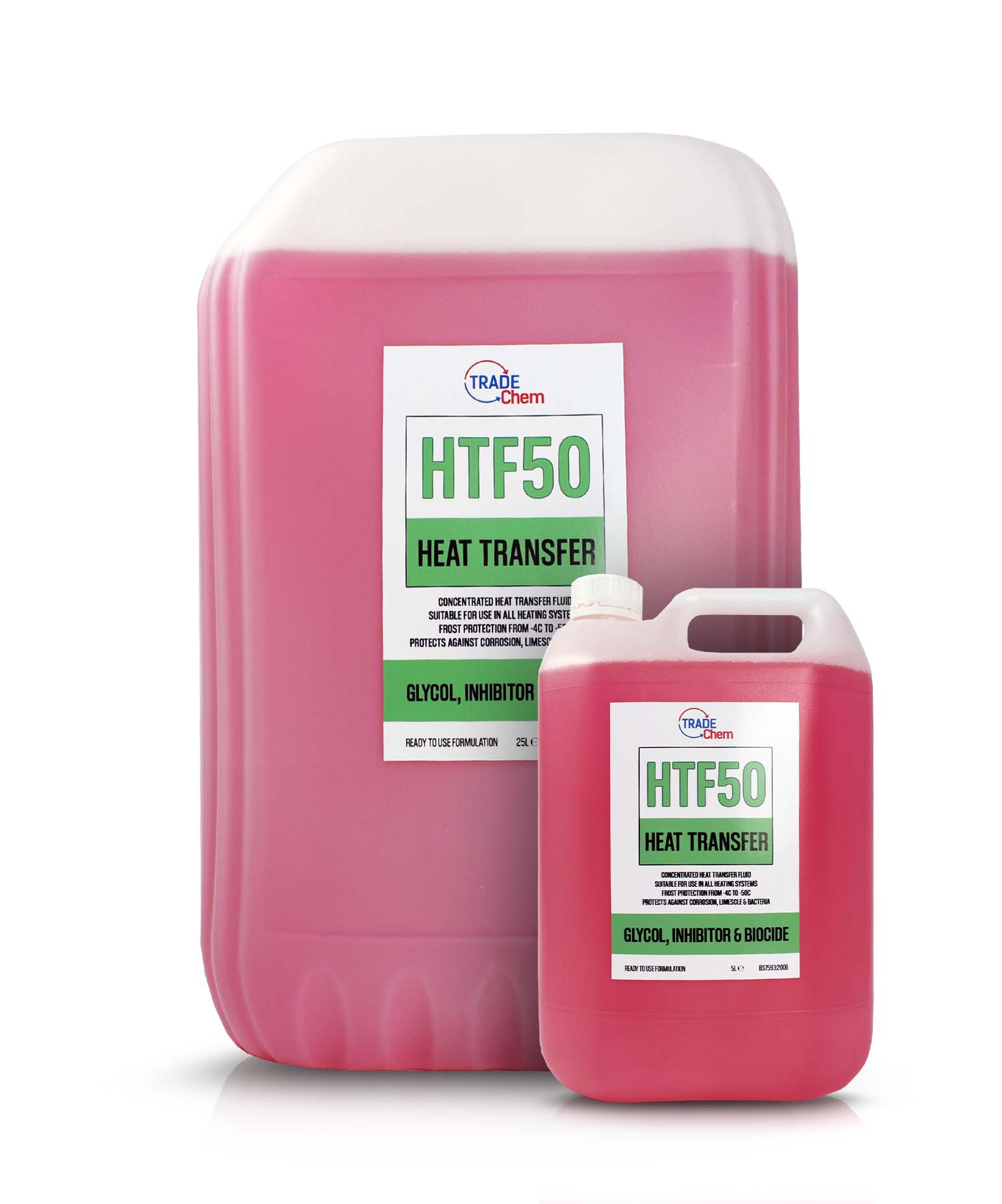The Role of Warmth Transfer Fluid in Enhancing System Performance and Security
In the ever-evolving landscape of industrial processes, warm transfer liquids (HTFs) emerge as critical components in optimizing both system performance and safety. These specialized liquids, recognized for their premium thermal conductivity and controlled thickness, allow effective heat exchange, which is crucial for structured procedures. The effect of HTFs extends past mere effectiveness; their fundamental thermal security and low flammability considerably contribute to risk reduction. As industries face the demand for high-performance and safe procedures, understanding the nuanced duty of HTFs comes to be essential. What precisely makes HTFs so crucial in today's commercial frameworks?
Comprehending Heat Transfer Fluids
Warm transfer fluids, usually taken into consideration the lifeline of thermal administration systems, play an essential function in regulating temperature across numerous commercial applications. These fluids are necessary in procedures where heat should be either taken in or dissipated to preserve ideal operating problems. Industries such as chemical processing, power generation, and production depend on warmth transfer liquids to guarantee equipment operates efficiently and safely. By promoting the transfer of thermal power, these fluids assist in stopping getting too hot, hence prolonging the life-span of machinery and minimizing downtime.
The selection of an appropriate warm transfer liquid is critical to the success of a thermal monitoring system. In recap, a detailed understanding of warmth transfer fluids is essential for enhancing system efficiency, making certain functional safety, and attaining affordable thermal management remedies.
Secret Feature of HTFs

The specific warmth ability of an HTF delineates the quantity of warm power needed to change its temperature, impacting just how successfully the system can react to temperature level variants. The boiling and freezing points of HTFs also play an essential duty, particularly in systems subjected to extreme temperature levels, guaranteeing liquid security and avoiding stage adjustments throughout procedure. In addition, the chemical security of HTFs under varying thermal problems is crucial to stop destruction and expand fluid life. Compatibility with system materials is required to prevent deterioration and material deterioration, making sure lasting operational reliability. These homes jointly notify the option of an ideal HTF for specific industrial applications.
Enhancing System Efficiency
To improve system performance with warmth transfer fluids (HTFs), it is necessary to integrate an extensive strategy that considers both liquid residential properties and system style. The choice of an ideal HTF is critical, as its thermal conductivity, thickness, and certain heat capability directly affect the effectiveness of warmth exchange.
Equally crucial is the design of the warmth transfer system itself. The surface area and material of heat exchangers should be optimized to make the most of warmth transfer performance.
Boosting Operational Safety
Ensuring operational safety in heat transfer systems calls for a meticulous emphasis on both the residential or commercial properties of warmth transfer fluids (HTFs) and the layout and maintenance of the entire system. HTFs should possess thermal security, reduced flammability, and ideal viscosity to reduce threats such as leaks, fires, and system malfunctions. Selecting the right HTF is critical as it establishes the system's capacity to take care of temperature level fluctuations without jeopardizing safety and security.
The design of the system should integrate redundancies and fail-safes to handle prospective risks efficiently. This consists of the assimilation of safety valves, pressure alleviation devices, and temperature monitoring systems to detect and address anomalies quickly. Routine upkeep is vital to make sure that all elements, consisting of pumps, pipes, and seals, are functioning properly and are free from wear or corrosion, which might cause hazardous leaks or failings.
In addition, workers in charge of the operation and upkeep of heat transfer systems must be effectively educated in security protocols and emergency situation action treatments. Regular training programs and safety drills can dramatically minimize the possibility of mishaps, guaranteeing a much safer link working setting. Eventually, a detailed straight from the source strategy to safety-- including liquid choice, system layout, and labor force training-- is important for optimal operational safety and security.
Sector Applications of HTFs
Commonly utilized throughout various industries, warmth transfer fluids (HTFs) play a vital function in enhancing the effectiveness and dependability of thermal monitoring systems. In the chemical market, HTFs are indispensable for maintaining accurate temperatures throughout responses, ensuring product consistency and high quality. They assist in heat exchange procedures in activators, condensers, and heat exchangers, consequently enhancing energy use and minimizing waste.
In the oil and gas field, HTFs are employed in both upstream and downstream procedures. They manage temperature level in boring procedures and improve efficiency in refining procedures by giving secure thermal conditions. This results in reduced downtime and improved safety and security, particularly in critical procedures such as distillation and cracking.
The renewable resource market also profits dramatically from HTFs, especially in concentrated solar energy (CSP) plants. Below, HTFs move recorded solar power to power turbines, making it possible for efficient electrical energy generation. The pharmaceutical market counts on HTFs for accurate temperature control in both synthesis and storage, making certain item effectiveness and safety and security.


In addition, the food and drink sector utilizes HTFs for pasteurization, sterilization, and cooking processes, boosting both product safety and manufacturing efficiency. Across these sectors, HTFs work as crucial components in keeping optimum operational this link performance and safety and security.
Conclusion
Warm transfer liquids are necessary in enhancing industrial system efficiency and safety and security by offering high thermal conductivity, optimum thickness, and thermal stability. Correct selection and maintenance of HTFs boost warm exchange effectiveness, consequently improving functional efficiency.